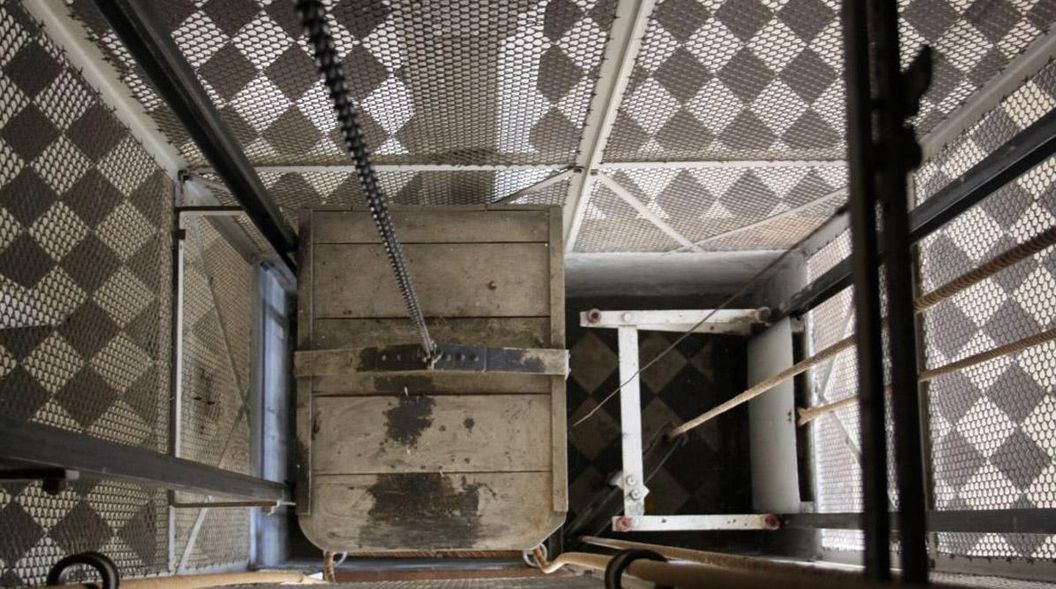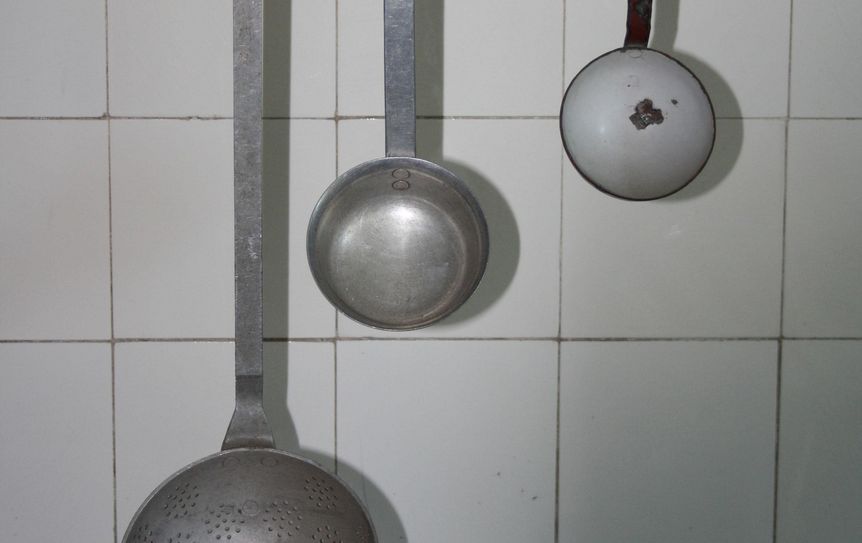Monument to technology from the time of kingsThe palace kitchen
A rarity in the palaces of Baden-Württemberg and beyond, as well as a monument to technology: The palace kitchen of Bebenhausen, installed at the beginning of the 20th century to prepare royal banquets, still remains preserved in its original state today.



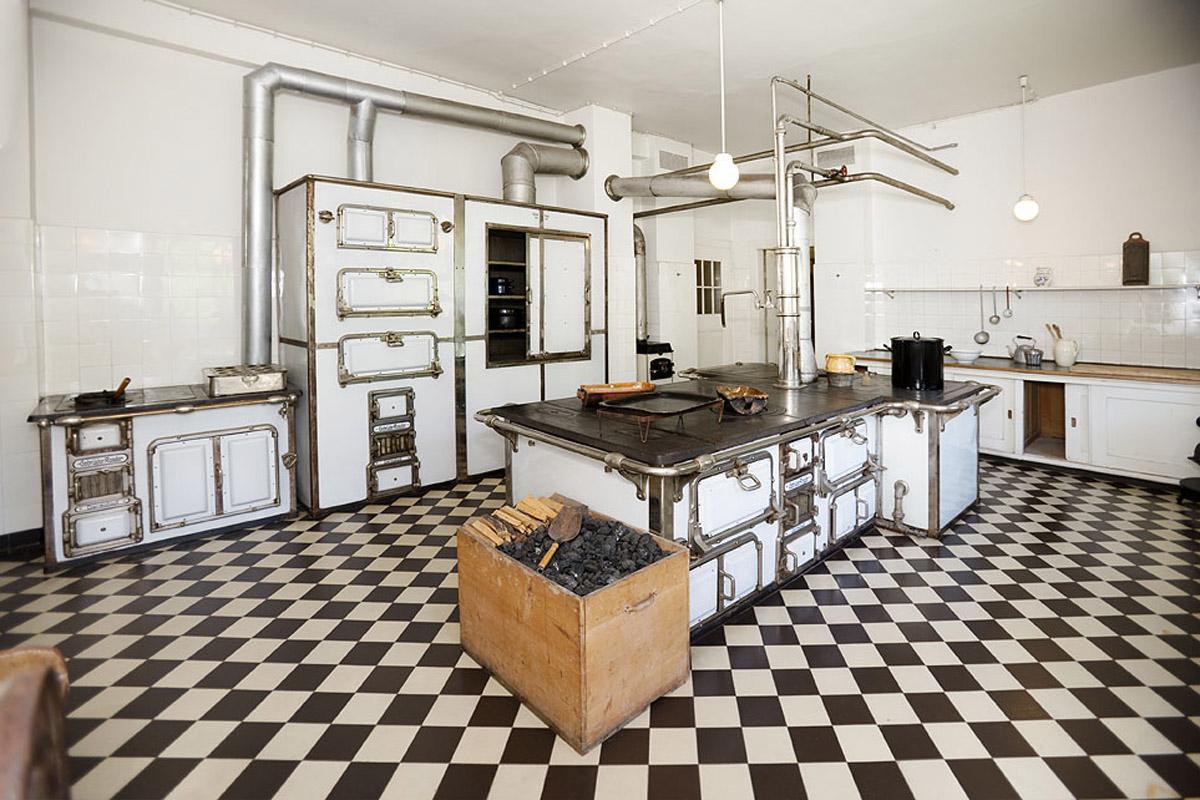
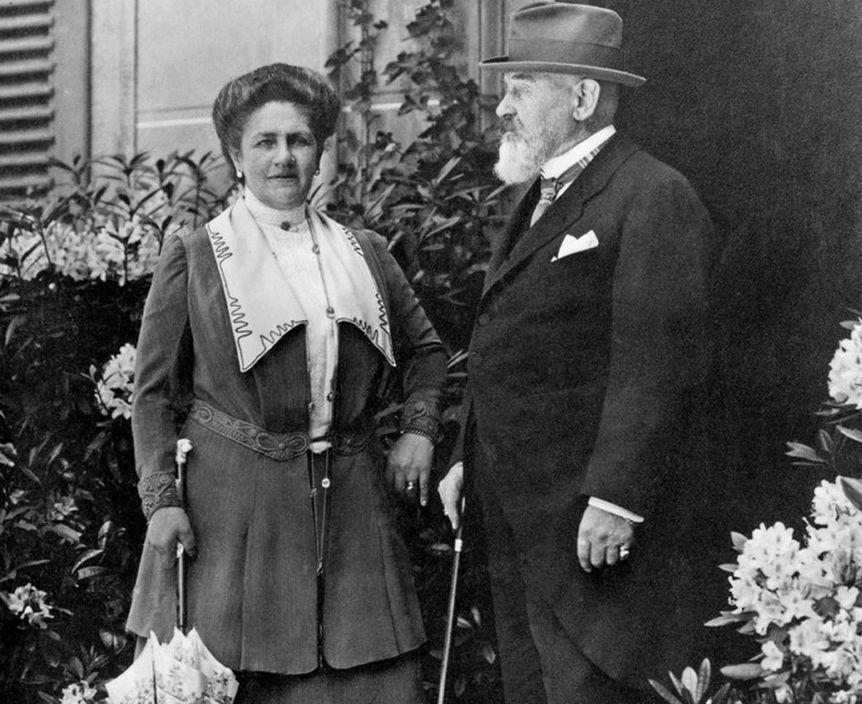
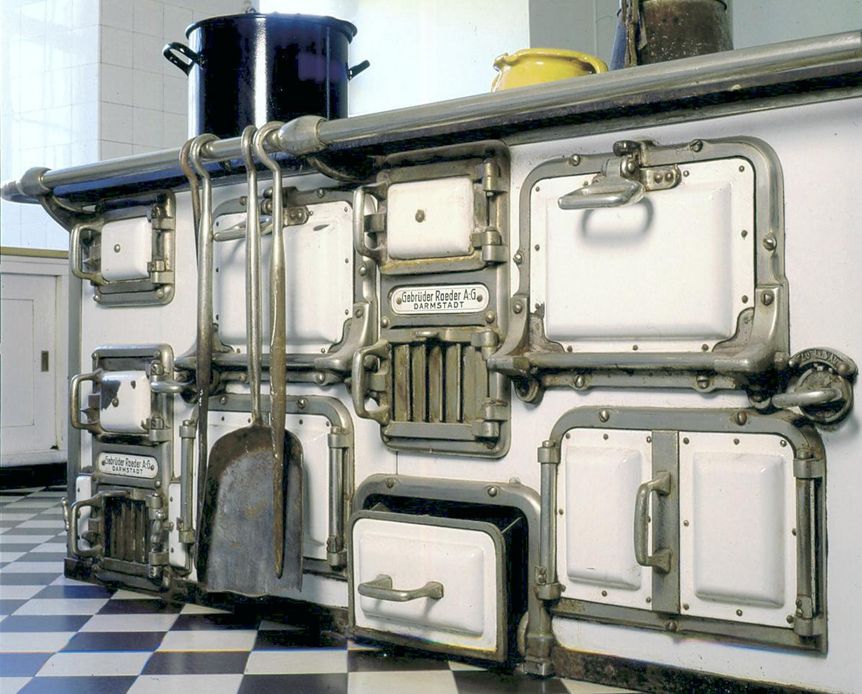
![[Translate to Englisch:] Foto: Staatliche Schlösser und Gärten Baden-Württemberg, Ortsverwaltung Bebenhausen [Translate to Englisch:] Kloster und Schloss Bebenhausen, Schlossküche, Speisenaufzug](/fileadmin/_processed_/b/2/csm_10_bebenhausen_innen_schlosskueche_speisenaufzug_ffc470a150.jpg)
